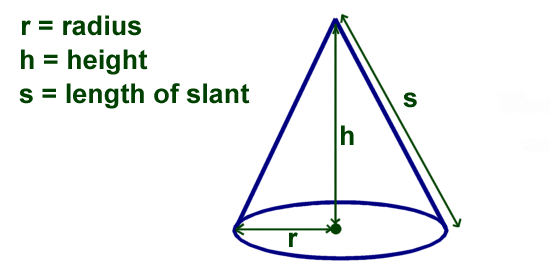Spheres
Spheres. A sphere is basically a 3D circle and has the interesting property being the same height no matter how you position it, in other words, it is a shape of constant width. Because of this, they make great bearings or when you need to roll something in any direction. However, the way to find the area or volume of a sphere may not be so obvious. We will have to look it up, or you could reinvent math on your own. I opted for the former. The formula for a sphere's surface area suprised me. It is 4*pi*r2. This may be familiar, it's just 4 times the formula for the area of a circle. I have no idea why this is, so if you have answers, please tell me. How? You figure that out. Anyway, the formula for volume is 4/3(pi*r3). By the way, r is the radius, or half the width of the sphere. I'll just assume you know what pi is. If you don't, look near the end.
Try It! (Surface Area)
Enter the values.
Show Your Work:

Try It! (Volume)
Enter the values.

